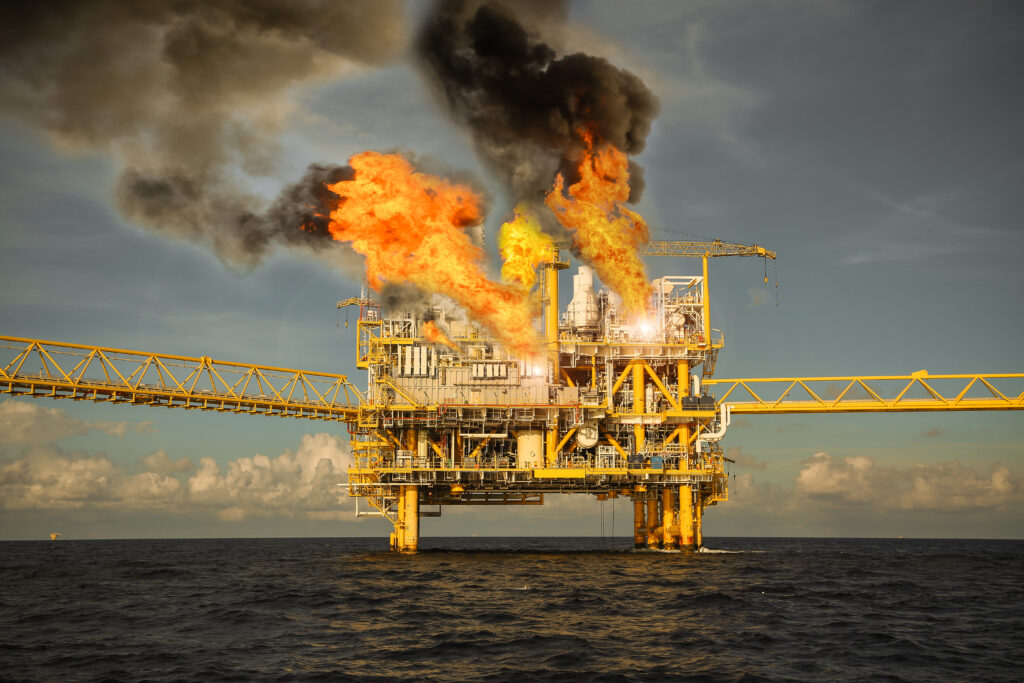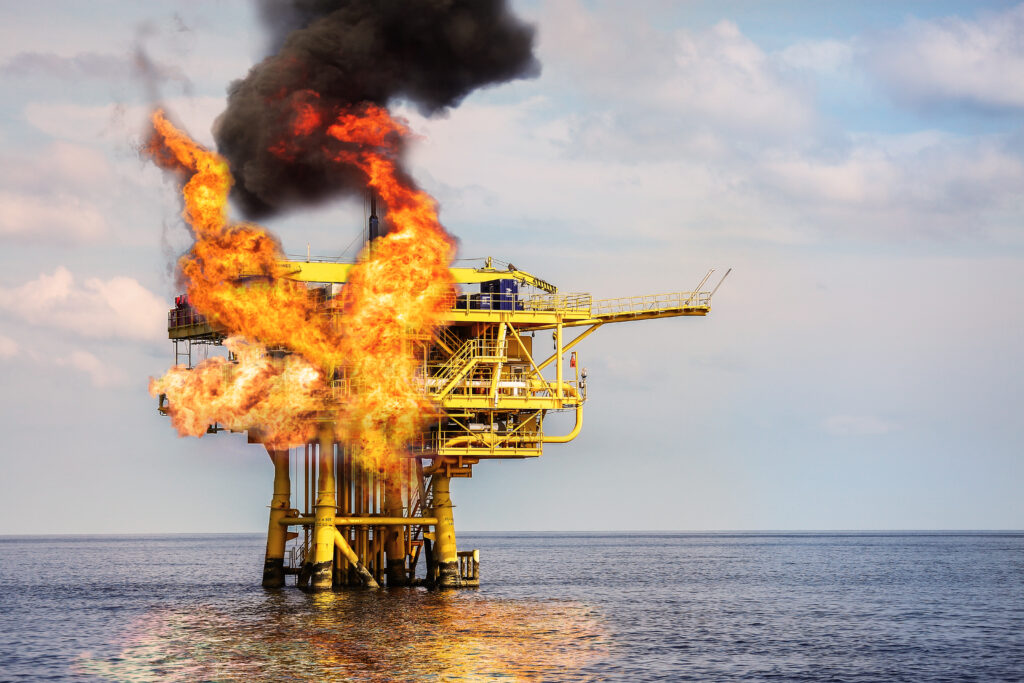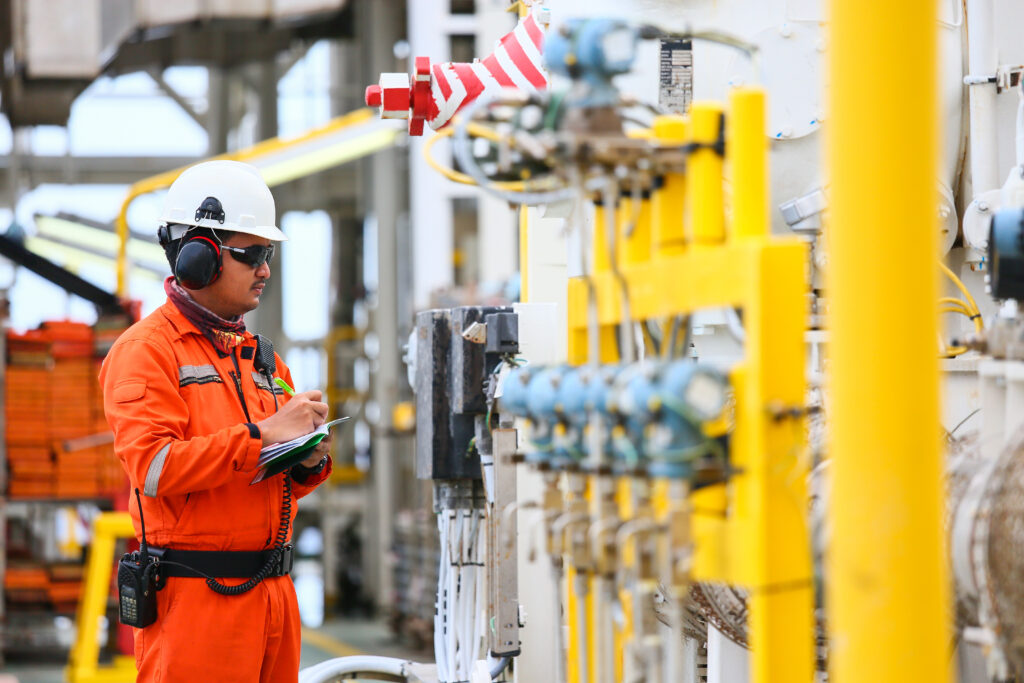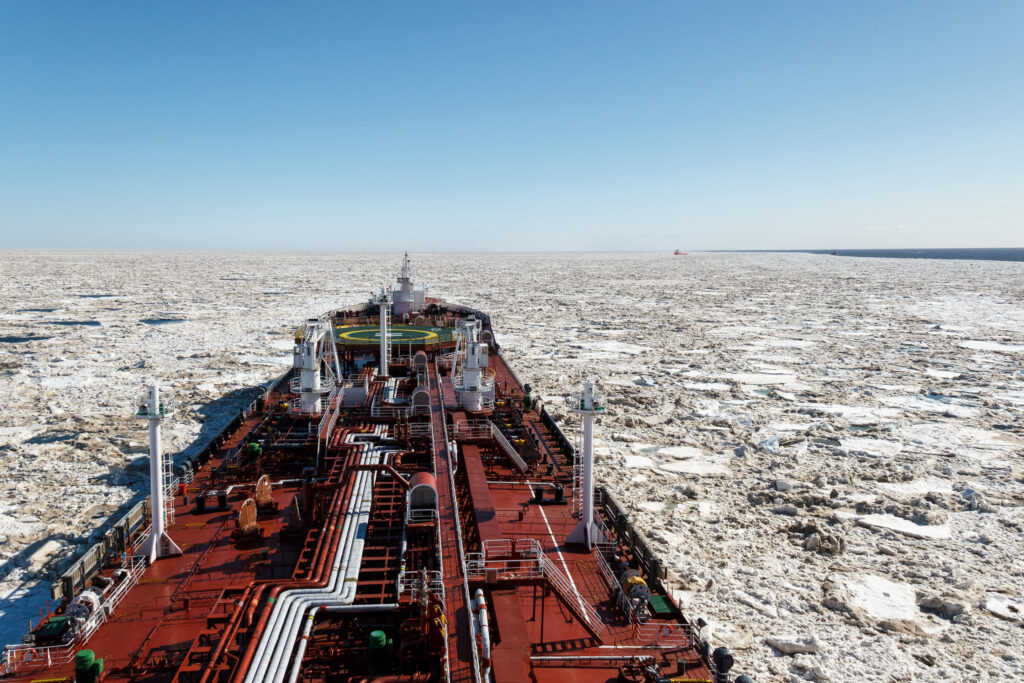Process Safety for onshore and offshore
Fire Analysis
Unintended gas and liquid flammable leaks with an immediate ignition may results in jet and pool fires. Both empirical modeling and a detailed 3D CFD modeling can be performed depending upon the design maturity. Heat loads on the safety critical elements (SCE’s) and to the personnel’s in working area environment will be assessed. Impairment frequencies for the escape routes, Muster areas, Life boats , Critical load bearing structural members, Temporary Refuge(TR) and CCR ( Central control room) will be evaluated. Design recommendations critical to fire accidental events will be given to the client.


Explosion Analysis
Unintended gas and liquid flammable leaks with delayed ignition may results in Vapour cloud explosion. Both empirical modeling and a detailed 3D CFD modeling can be performed depending upon the design maturity of the facility. Explosion overpressures and Drag loads on safety critical elements (SCE’s) and to the personnel’s in working area environment will be assessed. Impairment frequencies for the escape routes, Muster areas, Life boats , Critical load bearing structural members, Temporary Refuge(TR) and CCR ( Central control room) will be evaluated. Design recommendations critical to explosion accidental events will be given to the client
Gas Dispersion Analysis
Gas dispersion analysis for flammable and toxic releases gives a detailed flow insight of gas spreading and its exposure to safety critical areas. Both 2D analytical and an advanced 3D CFD modeling can be performed depending upon the design maturity of the facility. The effects of wind speeds , wind stability class (A,B,C,D and F) , 3D Terrain effects and obstacles will be modelled to get a realistic safety distances of gas spreading which may optimise the gas detector layout and also emergency preparedness.


Ventilation Analysis
Both Natural and mechanical ventilation of air flow modeling in semi and enclosed process facilities will be simulated using CFD methods. Typical outcome of the results are Air exchanges per hour (ACH), Air Stagnant zones and Recirculation zones where the gases can be trapped inside the facilities. Design recommendations for optimum ventilations to dilute the gas clouds and mixing it effectively by drawing more air into the congested process areas will be given.
Windchill Analysis
Windchill analysis with CFD flow modeling gives a thermal comfort for the working personnel’s in offshore platforms with cold environment. The main outcome of the studies gives a detailed recommendation’s for wind wall designs around the platform deck periphery for optimal thermal comfort.


Structural Collapse Analysis
Steel structures subjected to Fire and explosion loads will be analysed by a nonlinear structural response analysis to check the residual strength of the steel structures and the integrity of the barriers. The purpose of this study is to evaluate the Design accidental loads (DAL) as derived from fire and explosion analysis.
